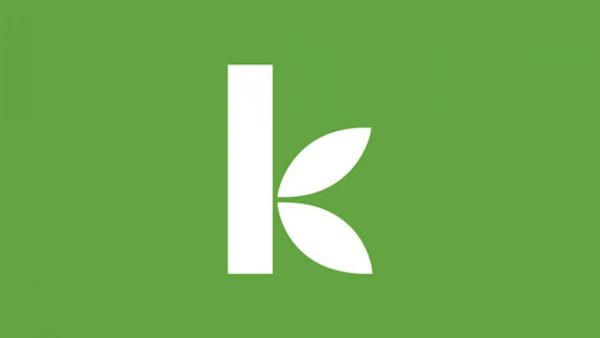
By Drew Loizeaux, KF11, Uganda
As many of you know group loans are widely used throughout the microfinance industry. Most of you also know that the idea behind group loans is to provide a way to secure loans without having to rely on collateral like banks do. But do you know about the different type of group loans? Do you know where and why they are used? If not, up your microfinance IQ and read on.
****NOTE: At each microfinance institution (MFI) there will be differences in names and details of loans, so as I describe HOFOKAM’s products understand that much of this information will not transfer exactly across partners or countries.
HOFOKAM, the MFI I am working at this summer, there are two very distinct types of group loans. While they both rely on the basic principle of a group guarantee, they are very different from each other and for one of them, the members of the group show up individually on the site.
The first type of group loan that HOFOKAM offers is the Village Bank. For those of you who have read about group loans in the past, this is probably what you think of when you hear group loan. At HOFOKAM this refers to a product where each member guarantees one another’s loan. Each loan must also be taken out at the same time as everyone else. This product is usually used for larger groups in rural areas and normally involves a fairly small amount of money per person. The upper range of these groups is 50 members and most of the time HOFOKAM requires 6 as a minimum. The reason why the larger groups are helpful with these small amounts is that because they all repay at the same time, it reduces the cost for the MFI to collect the loans and allows them to reach to more remote areas. The repayment for these loans is done either biweekly or monthly.
The second type of group loan HOFOKAM offers is called a solidarity loan. This loan is done normally in smaller groups of around 7, in urban, or easily accessible areas because of the higher cost associated with servicing these loans. The main difference among the solidarity loans is that these loans are giving out individually, on terms that vary from member to member. So while each member still guarantees that the others will repay their loans, with approval from their fellow group members, they are allowed to take out loans for different amounts and terms. Because their loans are given out at different times and they have different repayment schedules, the individuals in solidarity group loans will appear in Kiva on their own and not part of a group.
The main advantage of having these two types of loans is that is allows HOFOKAM to serve different communities. The more rigid, but cost-effective Village Bank loans enables HOFOKAM to reach communities that otherwise would be too expensive to work in. Meanwhile, the solidarity loans makes HOFOKAM competitive in larger towns where there are more options for borrowers and it is possible to collect individually and remain profitable.
So there you have it folks, a brief overview of the different loan products of one of the hundreds of Kiva partners. Is there something else you would like to know about the nitty-gritty of microfinance? Post a comment below I can try to answer your questions in my next post.
—————————————————————————
Do you want to support HOFOKAM?
Help fund one of their group loans here and join their newly formed fan page here.














